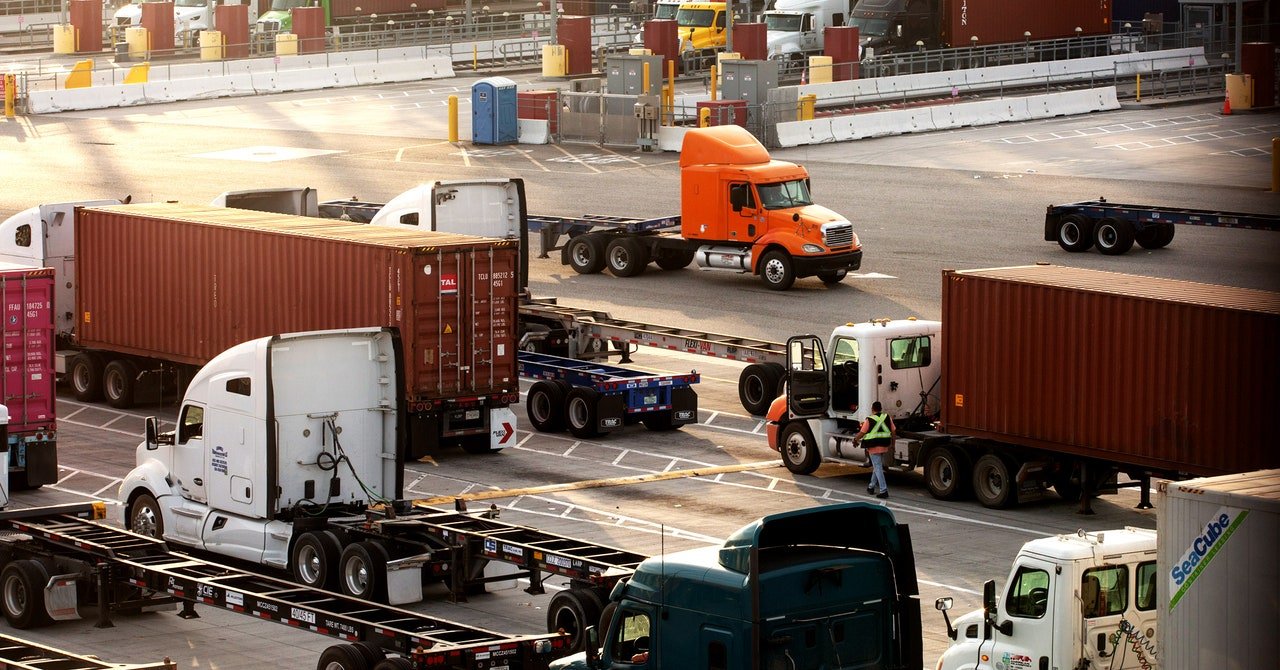Just 87 zero-emission drayage trucks existed in California in the first half of 2022, according to data collected by the state, and they are expensive. Gurrola currently owns one diesel-powered truck, a 2012 FreightLiner Cascadia. An electric truck is nice to think about, and Gurrola says he recently enjoyed test driving one at a trucking event. But owning one feels far off. “Right now, that truck expense doesn’t pencil out,” he says.
Adapting to California’s new rules could require major changes for Gurrola and others, including rerouting to limit battery-intensive highway driving, finding space to install charging stations, and leasing trucks instead of owning them. Some small California truck operators worry they’ll be forced to shut down or move out of state.
California’s Air Resources Board has chosen Gurrola’s industry to be in the vanguard of its mandated transition to electric vehicles because it is low-hanging fruit, environmentally speaking. Many of the more than 25 zero emission heavy-duty trucks available for purchase in the US still have limited ranges, less than 200 miles per charge. But the state’s 33,000 drayage trucks take much shorter trips than other freight-haulers, with about 80 percent of the trucks that visit California’s seaports reporting trip distances under 60 miles, according to the state. The majority return to depots at the end of each shift, providing an opportunity for them to top up on electricity.
Some companies affected by the new rules say they’re bearing up okay. Rudy Diaz admits it readily—he got really lucky. His shipping company, Hight Logistics, was already a decade old in 2021 when he began speaking to Forum Mobility, a trucking-as-a-services firm that builds electric charging infrastructure and leases zero-emission vehicles to shipping, logistics, and trucking companies. When the company’s representatives opened up the breaker box attached to his warehouse, Diaz remembers hearing the exclamation “Whoa, we hit gold.”
Diaz had on his rented land a connection beefy enough to power three charging stations, which meant he didn’t have to wait months or years for the local utility to add new capacity. His landlord was comfortable with installing the stations and also agreed to extend the lease by ten years, reassuring Diaz it wasn’t risky to invest in upgrades.
Since signing on with Forum, Diaz has upended the way Hight does business. He used to work with independent drivers, who mostly drove their own diesel trucks. Now, 35 employees (plus a few remaining contractors) drive five zero-emissions trucks leased from and maintained by Forum. The startup also handles vehicle maintenance, an intimidating new world for owners accustomed to diesel engines, and Diaz’s applications for state and federal incentive programs, which bring down the sticker prices of the trucks and the power stations that charge them. “That, to me, is the most challenging as a business owner,” he says.
Many shippers and trucking companies are not like Hight Logistics and don’t have facilities readily upgraded with charging stations. Right now, California only has a handful of public charging stations dedicated to medium- and heavy-duty trucks.

Leave a Reply
You must be logged in to post a comment.